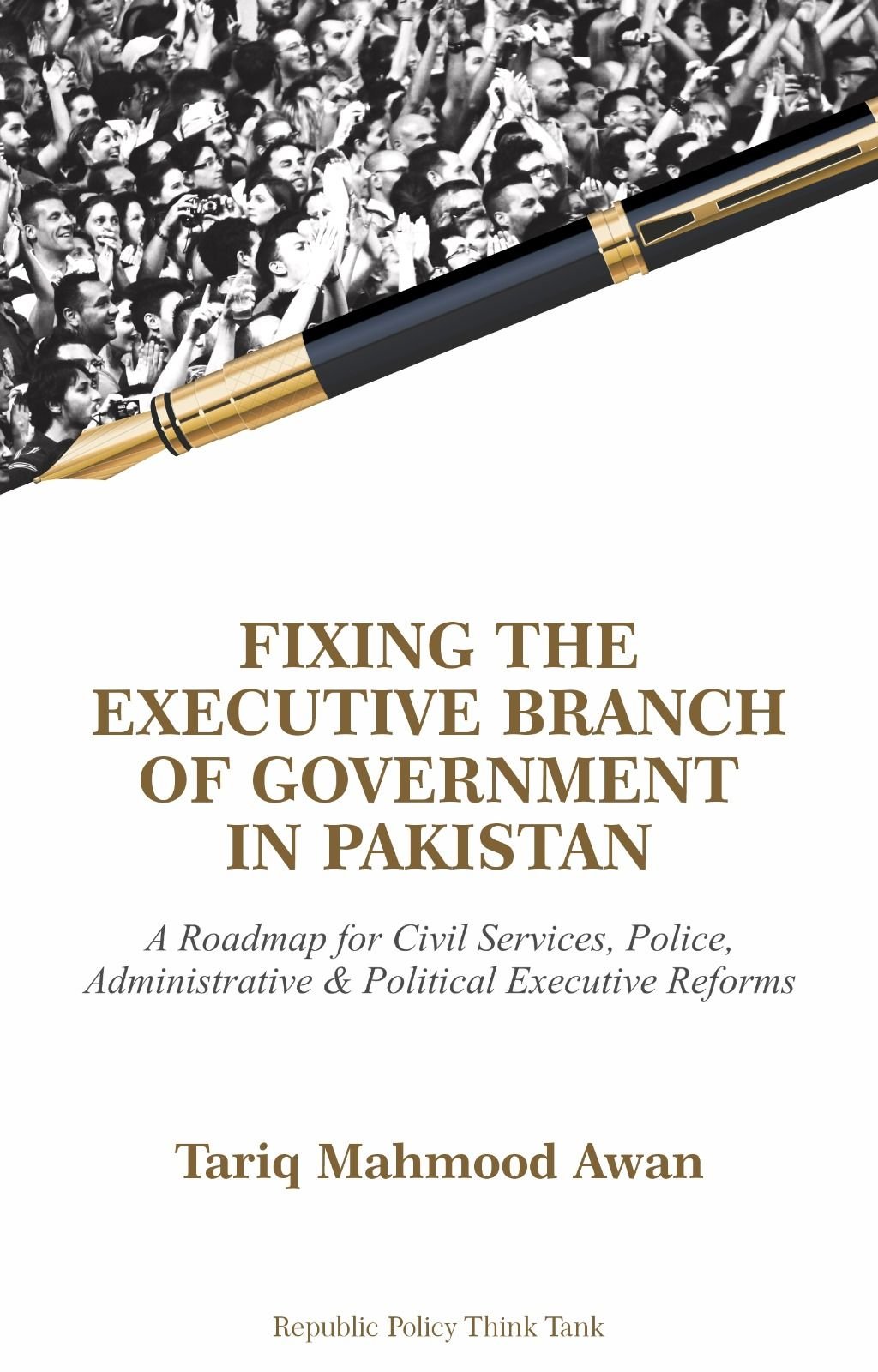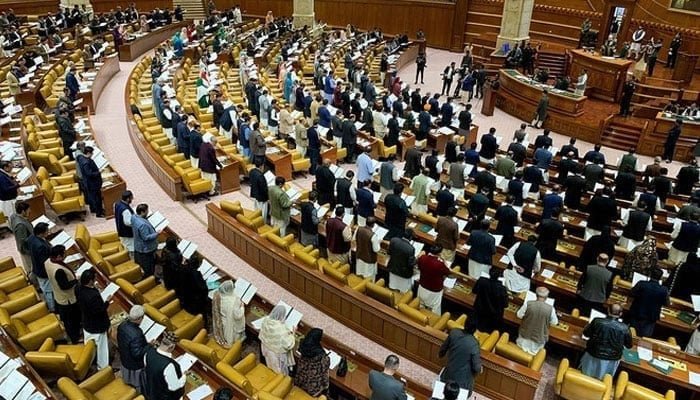Hafiz Mudassir Rizwan
Pakistan’s fragile economic recovery faces another potential setback as Moody’s Investors Service warns that new US tariffs could further strain the country’s external position and hinder future growth. In its latest report, “Tariffs – Asia-Pacific”, Moody’s outlines how the recently announced US tariff strategy will weigh heavily on Asia-Pacific economies, particularly smaller, vulnerable markets like Pakistan, Sri Lanka, and Bangladesh.
The warning is particularly troubling for Pakistan, a country already dealing with high external debt, sluggish growth, and low investor confidence. Moody’s assessment positions Pakistan among the most at-risk nations in the region, primarily due to its narrow export base and already fragile current account.
Targeted and Concentrated Risk: Pakistan’s Export Vulnerabilities
While countries such as Vietnam, Cambodia, and Thailand face higher direct exposure to the US due to their large volumes of exports, Pakistan’s risk lies in its sector-specific concentration, especially in textiles, food products, and wood-based goods. These sectors are not only critical to Pakistan’s export revenue but are also highly sensitive to price changes and demand shifts.
Moody’s notes that demand elasticity in these sectors means any tariff-induced cost increase will directly hit exporters. Given Pakistan’s dependence on these key sectors, even a slight decline in US import demand could lead to reduced earnings, job losses, and pressure on the trade balance.
Adding to the concern is that Pakistan’s textile exports constitute a major portion of its foreign exchange earnings. Any disruption in access to the US market would not just slow growth—it would ripple through employment, fiscal stability, and even social cohesion, particularly in export-heavy provinces like Punjab and Sindh.
Limited Cushion Against External Shock
What makes the tariff threat more dangerous for Pakistan is the lack of financial flexibility. Moody’s identifies Pakistan as a “frontier market” with limited capacity to absorb external shocks. The country’s current account remains under pressure, and while recent IMF programs have helped avert a balance-of-payments crisis, Pakistan’s reliance on rollovers and bilateral support from allies like China and Saudi Arabia underlines its economic fragility.
With foreign exchange reserves precariously low and capital repatriation still restricted for foreign investors, the country cannot afford another external blow. A drop in exports to a major market like the US would further weaken Pakistan’s external accounts, risking currency volatility and inflation spikes—two variables that would again hit the most vulnerable populations hardest.
Regional Impacts: Winners and Losers in APAC
Moody’s analysis also draws a broader picture of the Asia-Pacific region under the weight of US tariffs. While Pakistan and Bangladesh suffer due to concentration risk, countries with broader, more diversified export portfolios—like India, Malaysia, and the Philippines—may actually benefit.
These nations, especially those with lower tariff barriers or large domestic markets, could see a reallocation of supply chains in their favor. For example, India’s diversified export base and strong domestic consumption make it a potential beneficiary of the disruption, especially if production shifts away from China.
Moody’s also highlights that some nations may take advantage of trade triangulation, where exports are rerouted through lower-tariff economies. This could allow countries like Malaysia or Vietnam to gain market share, particularly in electronics and machinery, areas where Pakistan has limited capacity.
Trade Diversification Still a Distant Goal
For Pakistan, the idea of benefiting from trade realignments like the “China+1” strategy—where companies diversify manufacturing away from China—is still out of reach. The country’s infrastructure, regulatory barriers, and limited technological capacity make it an unlikely candidate for becoming a serious alternative in global supply chains.
While Moody’s hints at opportunities for intra-regional trade cooperation, Pakistan has been slow to pivot towards regional economic integration, including its lackluster engagement with platforms like the South Asian Free Trade Area (SAFTA). Without significant policy reforms and industrial modernization, Pakistan risks being left behind as regional economies reposition themselves in response to global shifts.
Pl subscribe to the YouTube channel of republicpolicy.com for podcasts:
The Confidence Crisis: Investment and Business Outlook
One of the most alarming effects of higher US tariffs will be on business confidence and investment trends across the region. According to Moody’s, the new trade restrictions will likely dampen investor sentiment, especially in already volatile markets. Pakistan, which is struggling to attract meaningful foreign direct investment outside of CPEC-linked infrastructure projects, may see further capital flight and reduced investor appetite.
The uncertainty surrounding global trade dynamics—combined with Pakistan’s unresolved internal economic issues—means policy instability and external risks are reinforcing each other, deepening the economic malaise.
The Road Ahead: Policy Priorities and Missed Opportunities
To counteract the looming threat, Pakistan’s policymakers need to act fast—and smart. Diversification of exports, upgrading industrial capabilities, and entering new trade partnerships must move from aspirational talking points to actionable priorities. Additionally, improving regulatory transparency and reducing the cost of doing business are essential steps to make Pakistan more competitive in a reshaping global trade environment.
The government’s decision to send a high-level delegation to the US for trade discussions is a welcome move, but it must be backed by a coherent trade strategy and institutional reform at home. Piecemeal measures and overreliance on traditional export markets will no longer be enough in a world defined by protectionism and strategic economic realignments.
Conclusion: A Turning Point or Another Missed Moment?
Moody’s warning should be a wake-up call for Pakistan. The global trading order is shifting, and countries that cannot adapt will be left increasingly marginalized. The US tariffs represent more than a policy challenge—they expose the fragility of Pakistan’s economic foundations and the cost of decades of underinvestment in innovation, trade diversification, and resilience planning.
Without urgent reform, Pakistan could see not only slower growth but a deeper erosion of investor confidence, worsening inequality, and greater economic dependence. Whether this moment becomes a turning point or yet another missed opportunity depends on how boldly and effectively policymakers respond—not just in rhetoric, but in action.















